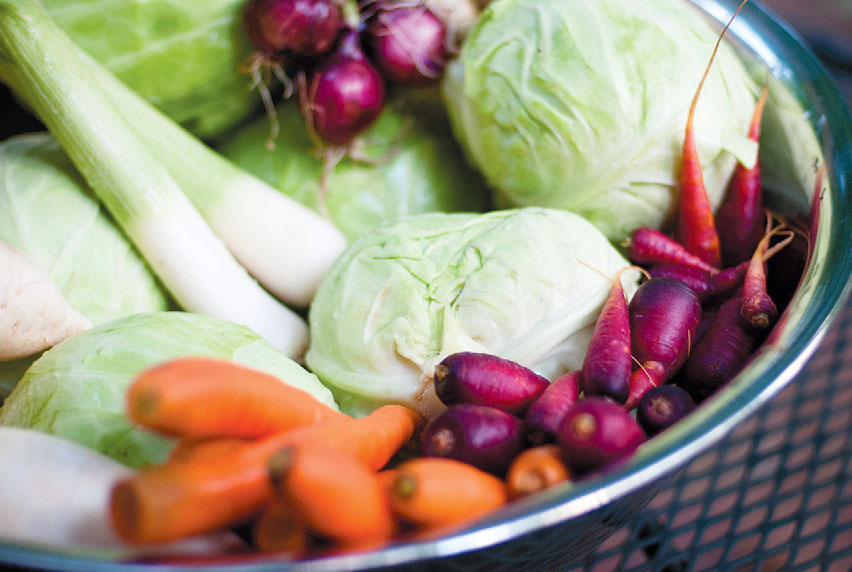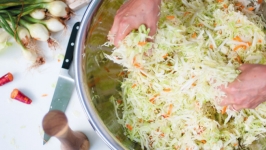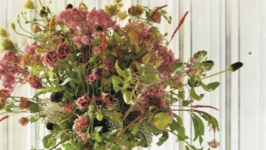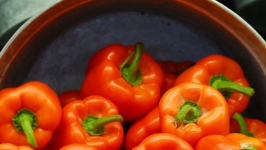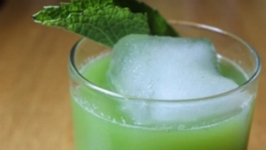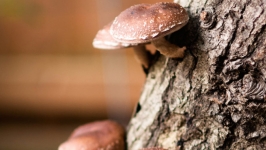Sauerkraut, The Mother of Vegetable Fermentation
In the warm summer months in southern Indiana, fermentation took a strong hold on me as I watched the apple cider and grape juice spontaneously bubble and overflow their containers. Little did I know the smells of summer’s abundant foods would stay with me and become a passion of growing, preserving, learning and sharing all about fermented foods and their health benefits, especially the centuries’ old goodness of sauerkraut.
After years of experimenting with a variety of fermented foods and fermentation vessels in my own home, brined pickles, yogurt, kombucha, cheese and kefir were stuffed and squeezed into a variety of glass jars and clay crocks. My love and appreciation for sauerkraut was born in 2012 while attending an intensive training with fermented foods revivalist and author Sandor Katz.
Twelve people from all over the country came together to learn the ins and outs of everything fermented—and the mother of vegetable fermentation— sauerkraut. We chopped and grated the abundant green heads of cabbage, carrots, daikon and dill, and communed over the beauty of the bounty of produce in southern Tennessee. Combining our vegetables in one giant bowl, we began salting the eclectic mixture to create the environment for the lactic acid fermentation to begin. We squeezed the vegetables to release the water that was trapped in their cells, and almost like magic the transformation of raw vegetables and herbs into sauerkraut had begun. The brine created would become the protective environment where lactic acid bacteria could thrive, preserve the vegetables and create beneficial digestive enzymes.
One of the oldest forms of food preservation, sauerkraut was found in cultures all around the world and as far back as thousands of years ago in ancient China. Fermentation unlocked nutrients, enhanced digestion and supported overall health and immune function for people—the importance and value of fermented foods was intuitive.
The sauerkraut from my younger days, which came from a jar, preserved with vinegar and enjoyed only after long hours of cooking with pork roast, is just a memory. The tangy, firm, sour aliveness of what I now know and appreciate as the raw simplicity of sauerkraut has taken its place. Somehow my body knows it needs this food.
Using stone vessels made by a variety of artists—Zanesville Pottery, local artist friends or traditional crocks still made in Poland—the ancient technique of using a clay, water-sealed crock to ferment sauerkraut is alive and well in my home. The benefits of the clay crocks are numerous and among them: keeping the temperature of the sauerkraut steady and enhancing the flavor.
Sauerkraut and its beneficial bacteria thrive in an anaerobic (without air) stable environment. This means a water-sealed crock is uniquely suited for creating consistent flavor and texture time and again. Stone weights are carefully crafted to fit within the clay vessel to weight down the vegetables, keeping them below the brine. The lid forms a seal that allows the gasses to rise and escape while keeping oxygen and yeasts, found in our air, from reaching the vegetables. A reminder of this simple process is the gentle sound of plop, plop, which signals the fermentation process is well on its way.
A unique, life-giving transformation occurs when fermentation meets our local food system, creating health-giving nutrition, environmental awareness, food preservation and community. Each new batch of sauerkraut I make is filled with as much adventure and curiosity as the previous batch.
Gathering seasonal vegetables from the local farmers market and from my own front-yard city garden, the simple ingredients I use are found in every season: from late spring carrots, radishes, cabbage and dill to the abundance of summer sweet peppers, onions, garlic and daikon. The fall cabbage is a favorite in my family, where the cool temperatures bring out the sweetest cabbage flavor of all the seasons.
I have found there is no “right way” to make sauerkraut, just a willingness to allow your creativity and intuition to lead, and to engage in the ordinary process of growing and preserving our food in community.
Learn more about Janine Harris Degitz and her work at Restorative Living.


